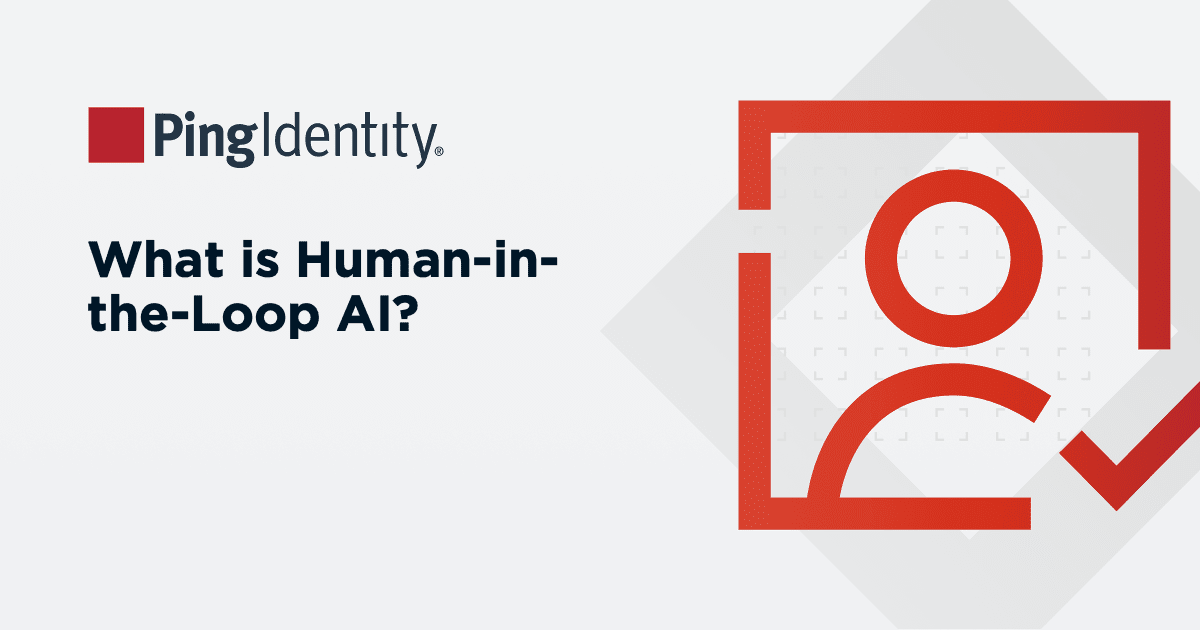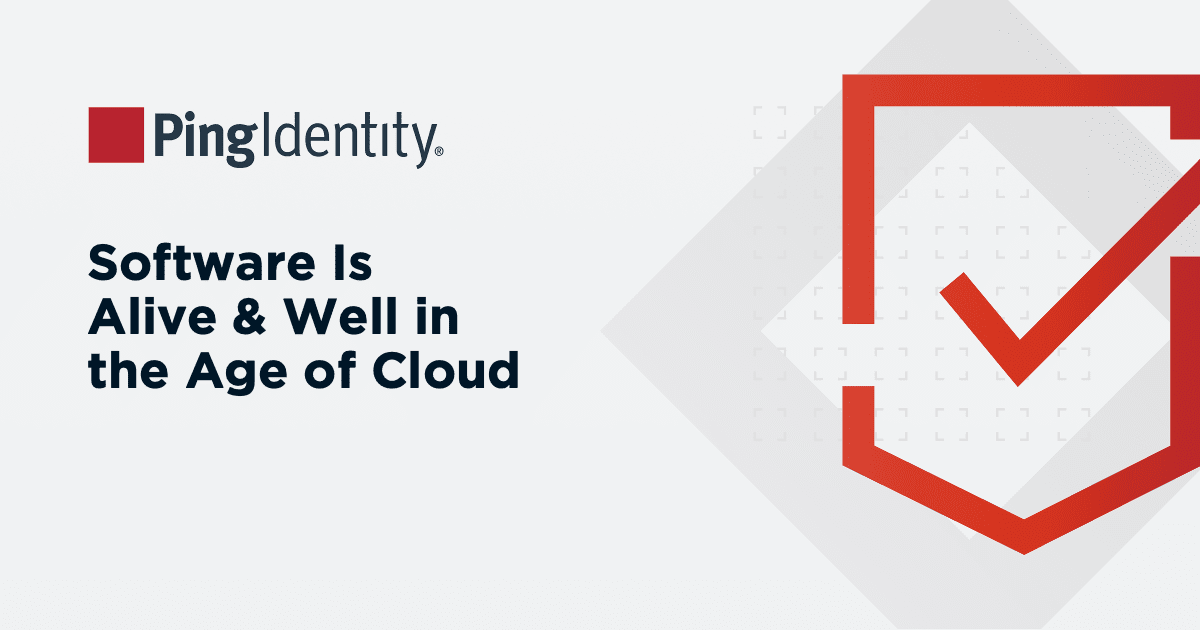Access control lists (ACLs) support enterprise security by helping organizations manage who can access a given resource and what privileges they have if granted access.
ACLs might apply to a broad system or network, or even just one file folder. Plus, they may be used alongside other security mechanisms to safeguard sensitive resources and efficiently filter network traffic.
In this guide, we’ll explore what access control lists are, how they work, and best practices for their implementation and use for optimal security results. We’ll even discuss some of the more advanced access control systems that are better suited to modern organizations.
Key Takeaways
- One outdated ACL rule can open the door to cyberattacks. Too many organizations neglect ACL updates, leaving their systems exposed to unnecessary risks.
- Granularity vs. simplicity is a constant balancing act. Overly complex ACL rules increase the chance of security errors and slow down operations.
- Not all ACLs are created equal. Dynamic and reflexive ACLs offer better protection but require more resources and expertise to maintain.
- RBAC is replacing ACLs in many organizations. Modern enterprises are pivoting toward role-based models for easier scalability and better compliance reporting.
- Linux offers flexibility, but at a cost. ACLs on Linux systems allow for more customization than Windows, but they’re harder to manage.
- A Zero Trust model is the future. ACLs are no longer enough; comprehensive IAM solutions like Ping Identity integrate modern access control seamlessly.


